Nendo and Fritz Hansen embrace design synergy with new launch at Salone del Mobile
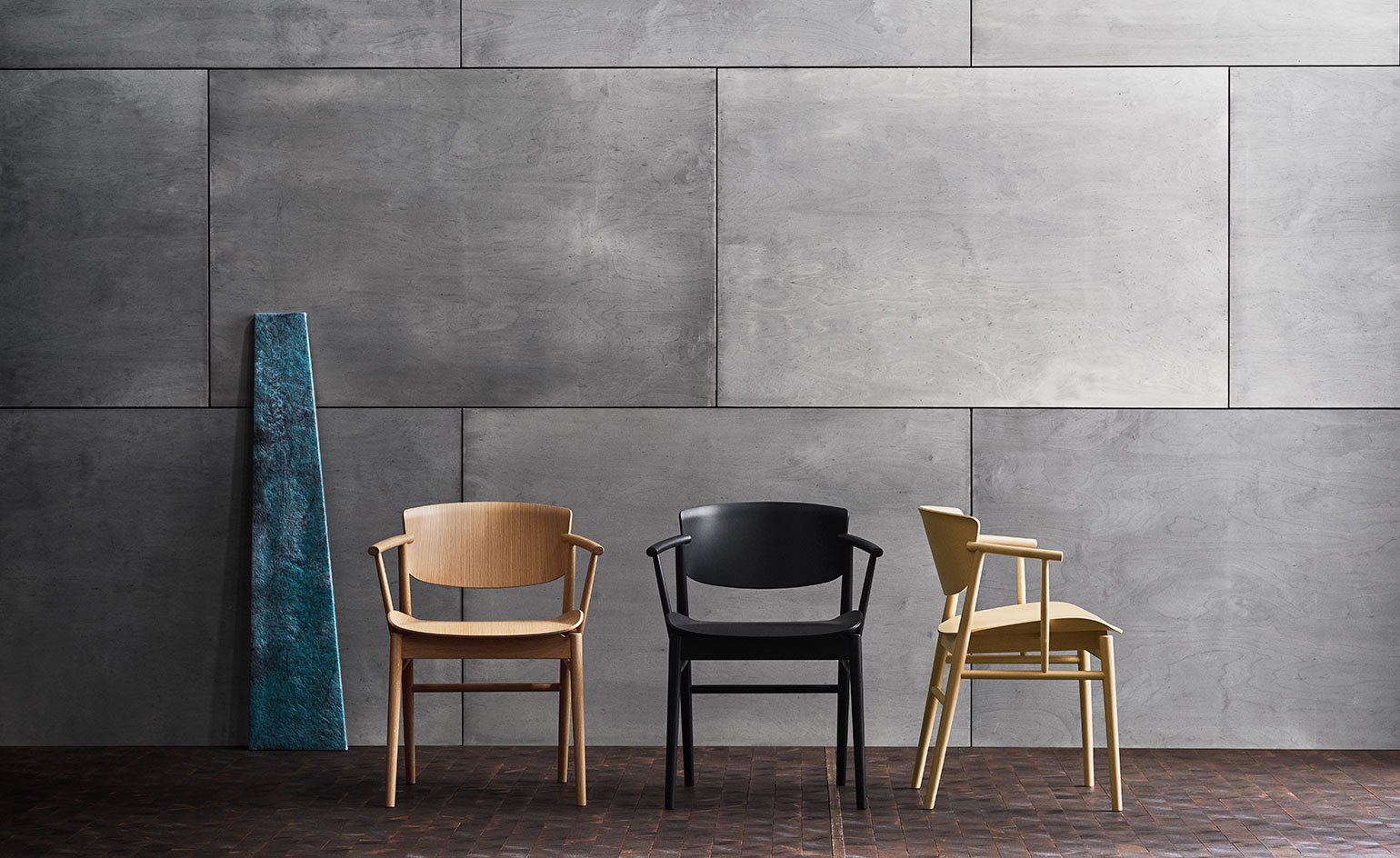
When design studio Nendo teamed up with manufacturer Fritz Hansen, they found they were speaking the same design language.
Set to launch at the Salone del Mobile (17-22 April), the N01 dining chair is a perfect meeting of Japanese and Danish design sensibilities. Its designer, Tokyo-based studio Nendo, worked closely with Copenhagen-based Fritz Hansen to create a strong chair with a lightweight appearance.
A gently curved seat and back panel are crafted from nine layers of veneer while the frame, with its subtle incline that embraces the body, is made from solid wood.
Remarkably, although the Danish brand is renowned for its expertise in plywood moulding (some of its most famous chairs such as the Ant and Series7 use the technique) N01 is the Danish brand’s first solid wood chair since the Grand Prix chair by Arne Jacobsen in 1957.
‘It was exciting to learn that,’ enthuses Oki Sato, founder of Nendo. ‘A wooden chair is not an easy product for a designer to make. It is one of the most difficult and one’s personal mentality or philosophy can be expressed through it. Our goal was to finalise a chair which is contemporary, yet maintains the traditional and historical feel of the brand.’
Every time the Nendo team visited Fritz Hansen’s workshop in Belgium – which was every month in the final stages – a new prototype was produced. Uncompromising, Nendo reviewed and refined the design at every stage before arriving at the perfect balance of strength and comfort.

A sketch of the N01 dining chair by Nendo for Fritz Hansen
‘This productive process of product development was one of the highlights of my 15-year long career as a designer,’ reflects Sato. ‘It truly was a collaborative process between Fritz Hansen and us. As a result, I do not remember much about the first brief, and I am not even sure if I have actually designed the chair; I feel that we (Nendo and Fritz Hansen) made this chair together as a team.’
To create its appearance of lightness, the brand’s standard production processes had to be challenged. Ordinarily, the joint where the frame and shell meet is thickened to increase strength, which often results in an impression of heaviness. To prevent this, the teams worked together to create a joint that made the frame and shell appear as if they were touching as little as possible.
‘The difficulty with a wooden chair is that even a small change of size – for example even less than 1mm – can greatly change its appearance and level of seating comfort,’ explains Sato. ‘By changing the shape of the legs or the arms from that of a column to an ellipse, or by narrowing down the edge, or by giving a slight roundness or curve to it, the chair can be given a totally different character.’
The final design is comprised of 23 parts made from a mix of solid wood and veneer. Each piece crafted industrially at a family-owned wood manufacturer in Belgium founded 1924, before being assembled by hand at Fritz Hansen’s Belgium workshop. Its puzzle-like assembly ensures a seamless construction with even the smallest inaccuracies causing the production to start over.
‘If you sit on it, you will notice that this is a Fritz Hansen chair,’ concludes Sato. If you live with it, you will realise that this is pure Japanese design.
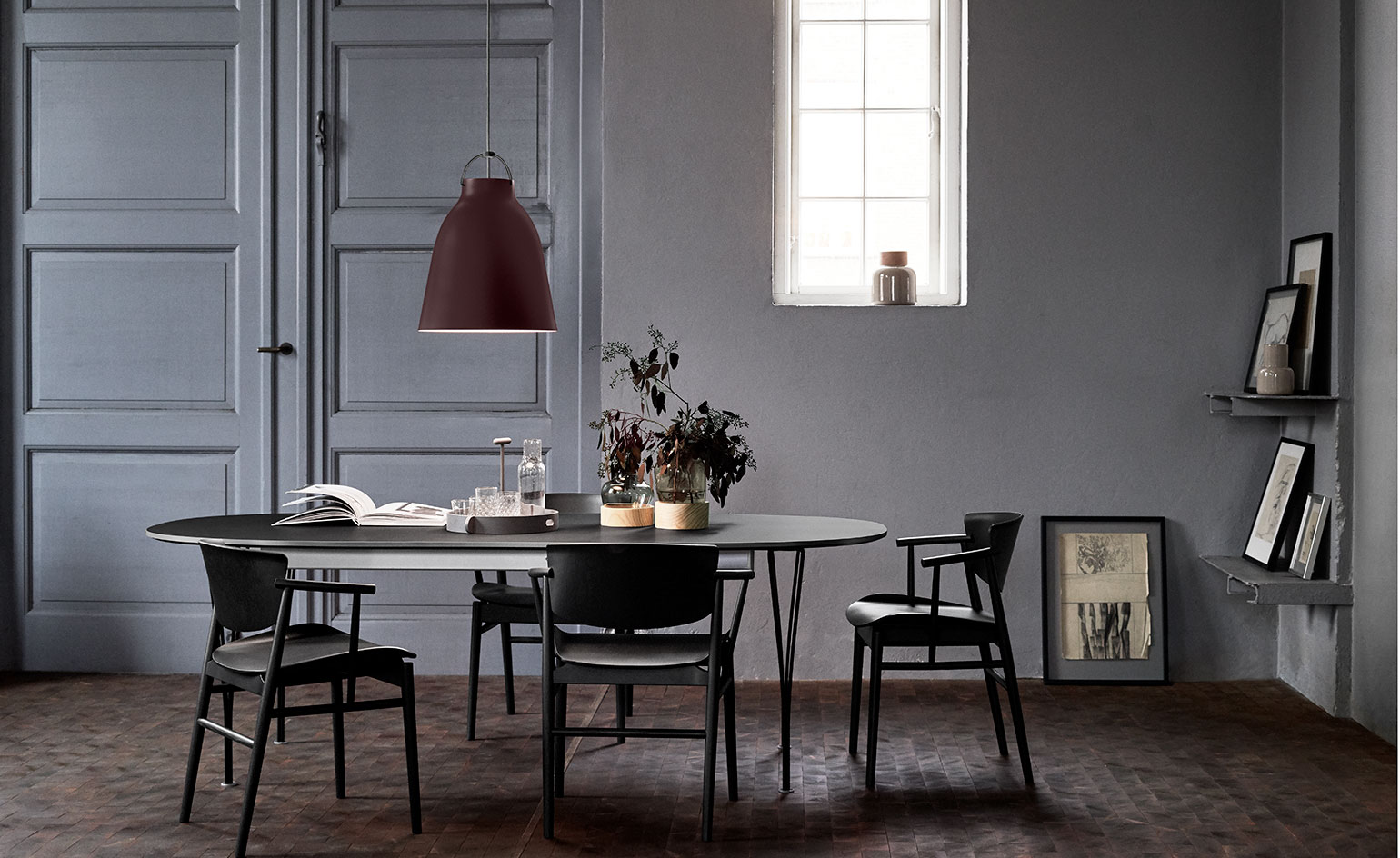
N01 is the Danish brand’s first solid wood chair since the Grand Prix chair by Arne Jacobsen in 1957
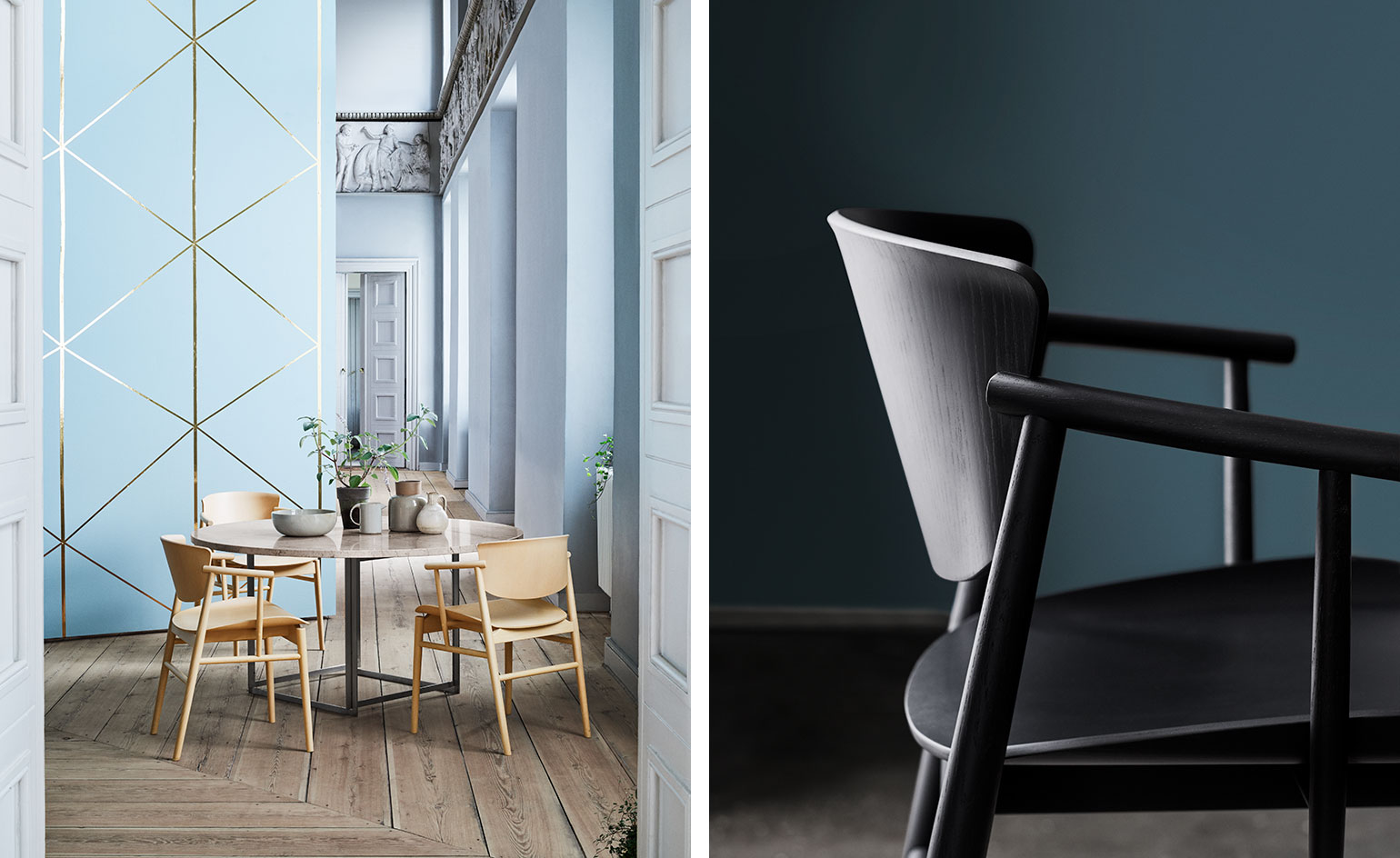
A gently curved seat and back panel are crafted from nine layers of veneer while the frame, with its subtle incline that embraces the body, is made from solid wood.
INFORMATION
For more information, visit the Nendo website and Fritz Hansen website
Receive our daily digest of inspiration, escapism and design stories from around the world direct to your inbox.
Ali Morris is a UK-based editor, writer and creative consultant specialising in design, interiors and architecture. In her 16 years as a design writer, Ali has travelled the world, crafting articles about creative projects, products, places and people for titles such as Dezeen, Wallpaper* and Kinfolk.
-
 Art and culture editor Hannah Silver's top ten interviews of 2025
Art and culture editor Hannah Silver's top ten interviews of 2025Glitching, coding and painting: 2025 has been a bumper year for art and culture. Here, Art and culture editor Hannah Silver selects her favourite moments
-
 In Norway, remoteness becomes the new luxury
In Norway, remoteness becomes the new luxuryAcross islands and fjords, a new wave of design-led hideaways is elevating remoteness into a refined, elemental form of luxury
-
 The rising style stars of 2026: Oscar Ouyang is taking knitwear into new realms
The rising style stars of 2026: Oscar Ouyang is taking knitwear into new realmsAs part of the January 2026 Next Generation issue of Wallpaper*, we meet fashion’s next generation. Born in Beijing, Central Saint Martins graduate Oscar Ouyang is inspired by anime, medieval folklore and his friends’ wardrobes
-
 ‘Locally anchored and globally conversant’: Salone del Mobile debuts in Saudi Arabia
‘Locally anchored and globally conversant’: Salone del Mobile debuts in Saudi ArabiaSalone del Mobile lands in Riyadh (26-28 November 2025), bringing its creative and manufacturing know-how to one of the world’s fastest-growing markets and setting the stage for Italo-Saudi design relations
-
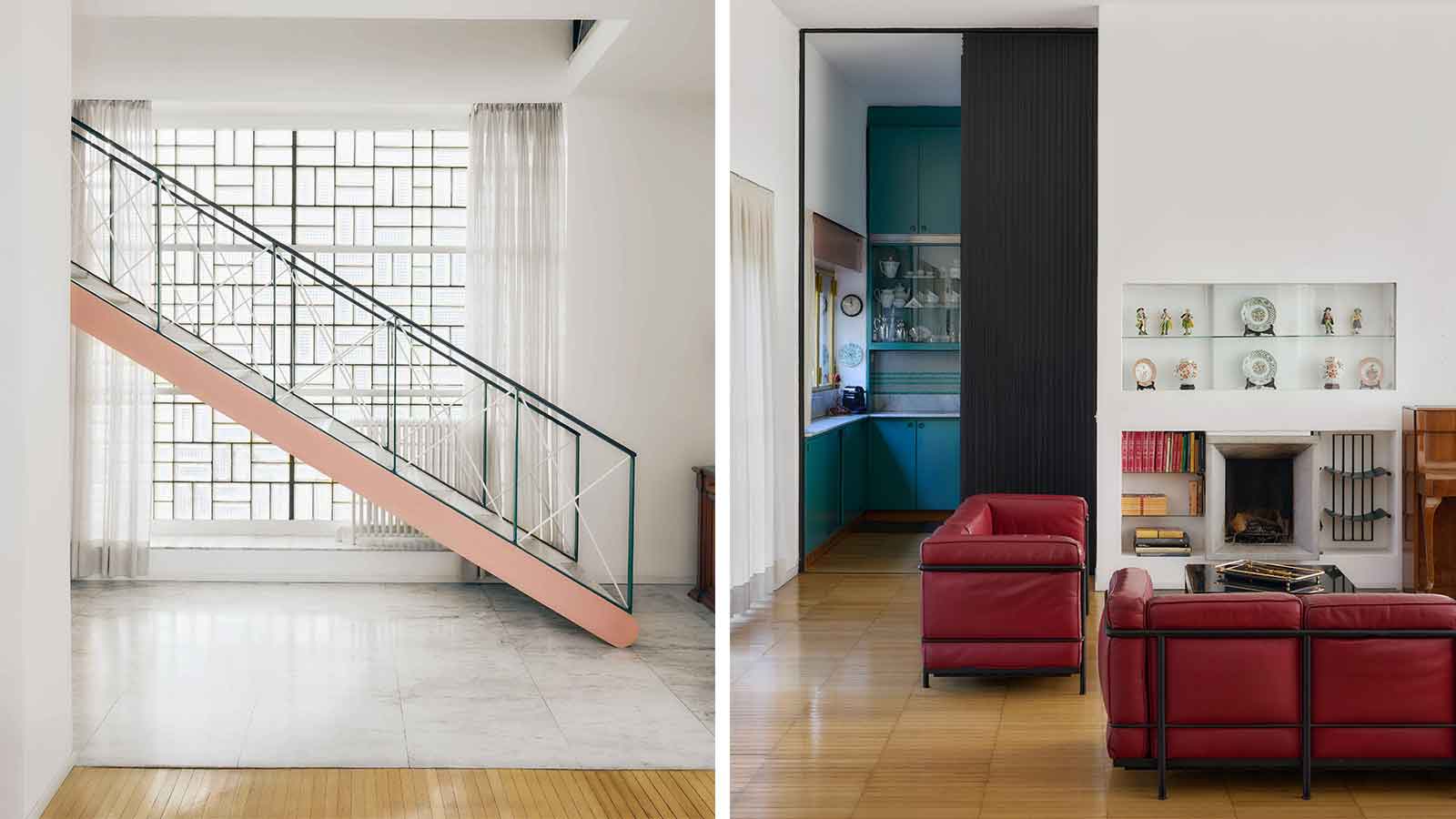 Alcova 2026 locations include a Rationalist gem and an abandoned church
Alcova 2026 locations include a Rationalist gem and an abandoned churchAlcova returns for an 11th edition in 2026 (20-26 April), once again opening up two exclusive Milanese locations, the Baggio Military Hospital and Franco Albini's Villa Pestarini
-
 Salone del Mobile 2026 will embrace collectible design with Salone Raritas
Salone del Mobile 2026 will embrace collectible design with Salone RaritasSalone del Mobile has Salone Raritas, a new exhibition space at the fair (21-26 April 2026), curated by Annalisa Rosso and designed by Formafantasma
-
 O Milano! Design's epic annual spectacle in photos
O Milano! Design's epic annual spectacle in photosCall us biased, but we believe that Milan Design Week is, at this moment in time, the greatest show on earth
-
 ‘Romantic brutalism’ rethinks Polish craft
‘Romantic brutalism’ rethinks Polish craftAn exhibition in Warsaw gives local makers their due, looking inside the burgeoning world of Polish design
-
 Eight designers to know from Rossana Orlandi Gallery’s Milan Design Week 2025 exhibition
Eight designers to know from Rossana Orlandi Gallery’s Milan Design Week 2025 exhibitionWallpaper’s highlights from the mega-exhibition at Rossana Orlandi Gallery include some of the most compelling names in design today
-
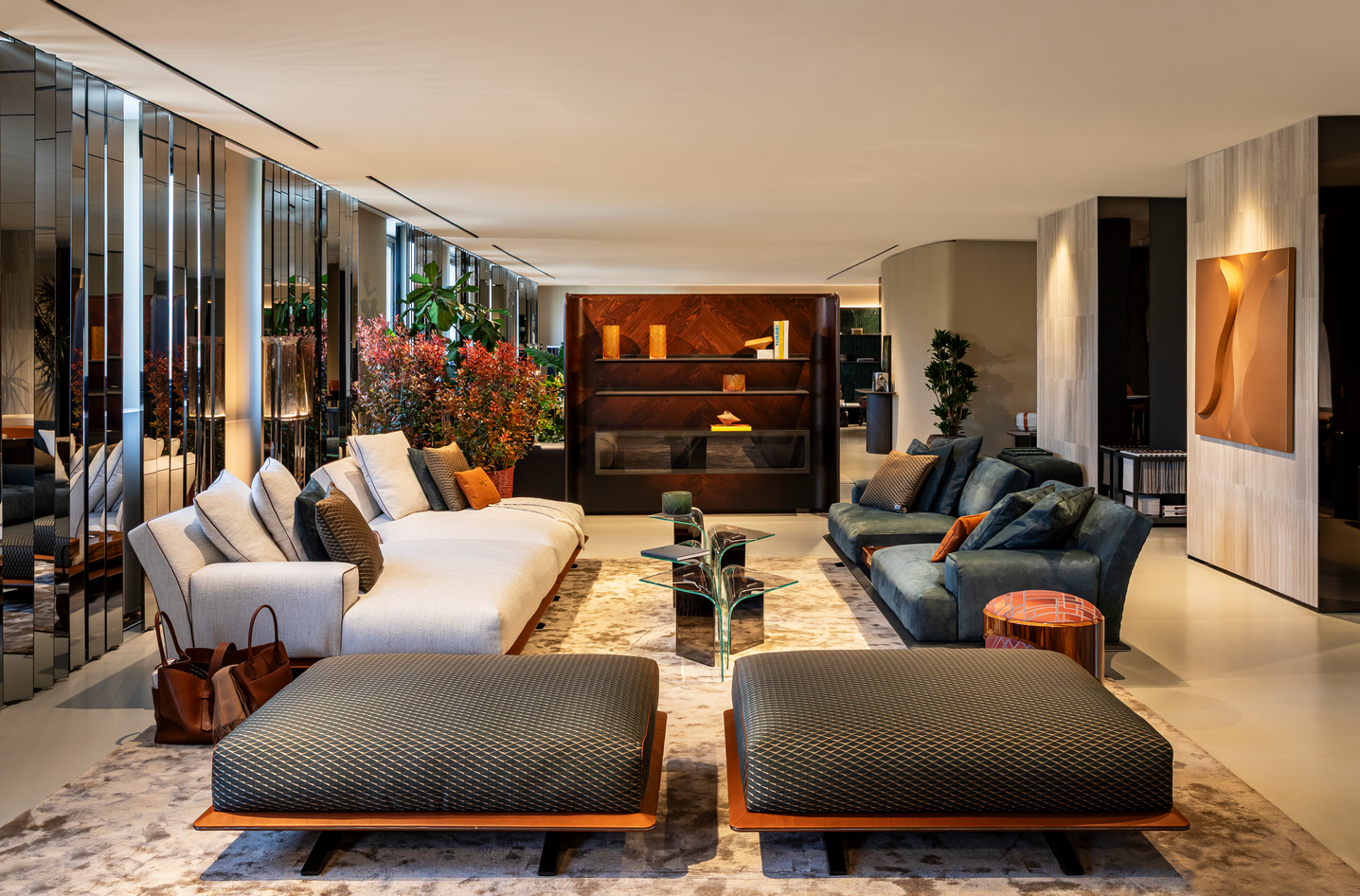 Bentley’s new home collections bring the ‘potency’ of its cars to Milan Design Week
Bentley’s new home collections bring the ‘potency’ of its cars to Milan Design WeekNew furniture, accessories and picnic pieces from Bentley Home take cues from the bold lines and smooth curves of Bentley Motors
-
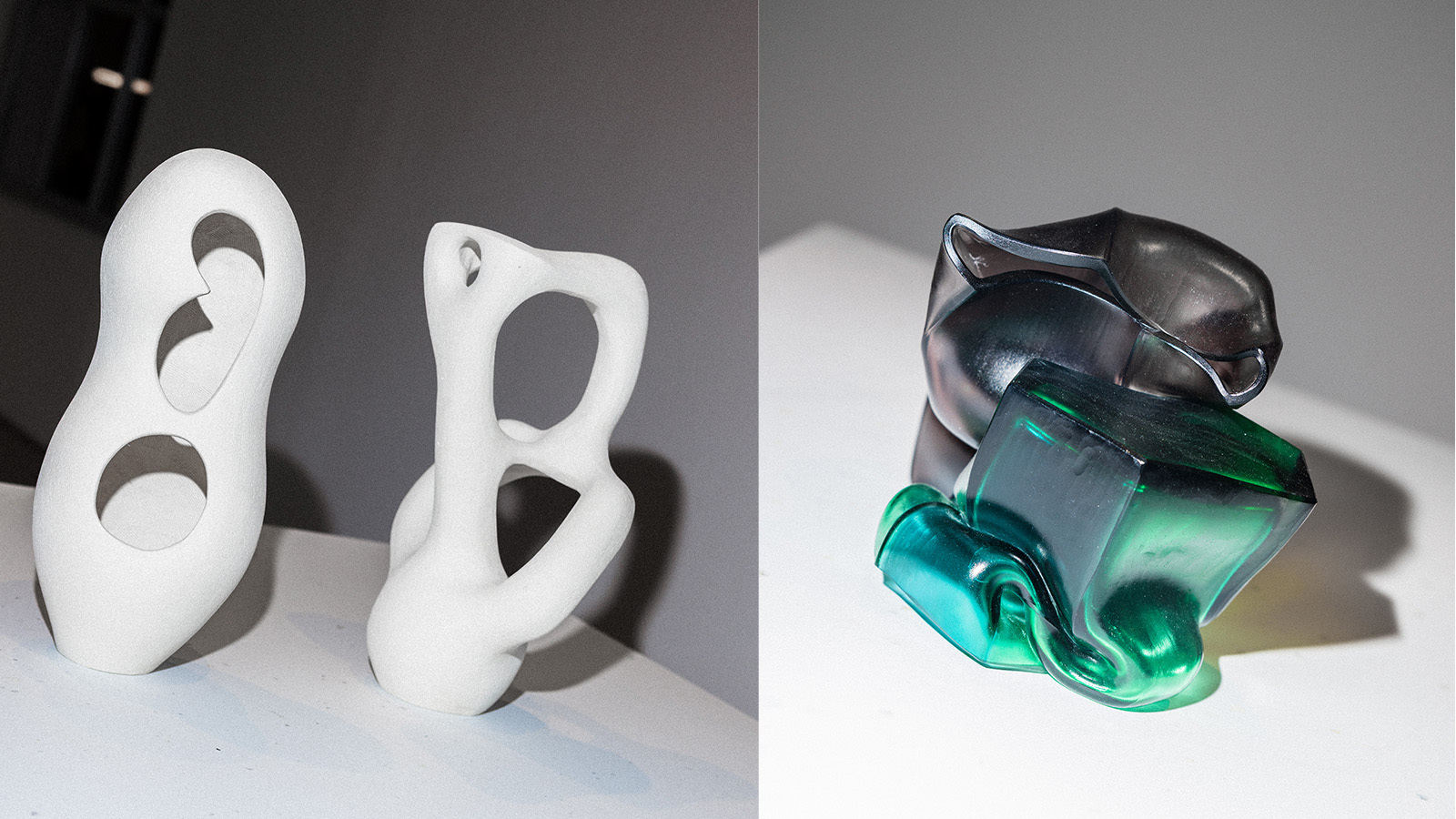 StoneX partners with Wallpaper* for material alchemy at Milan Design Week and beyond
StoneX partners with Wallpaper* for material alchemy at Milan Design Week and beyondThe natural stone purveyor teams up with Wallpaper* for a three-year partnership of material adventures, starting with an exhibition at Triennale di Milano